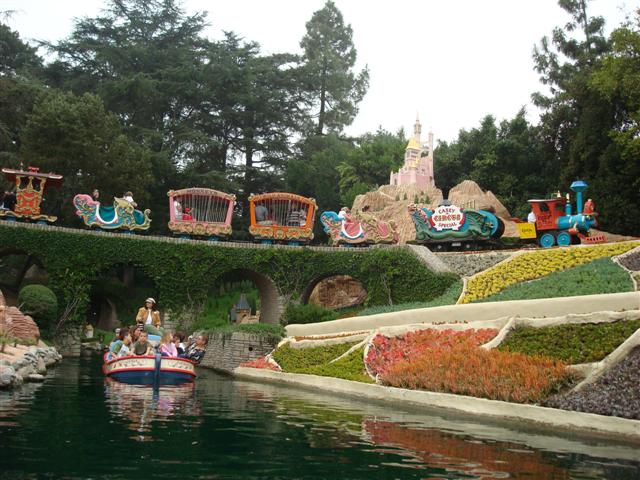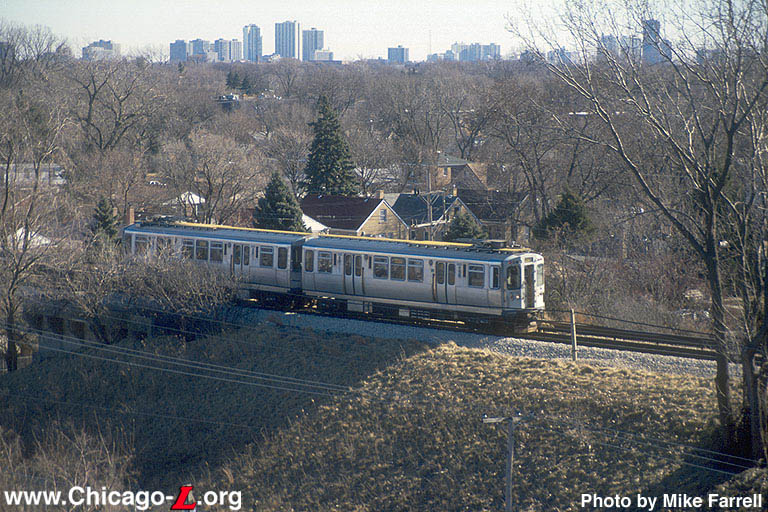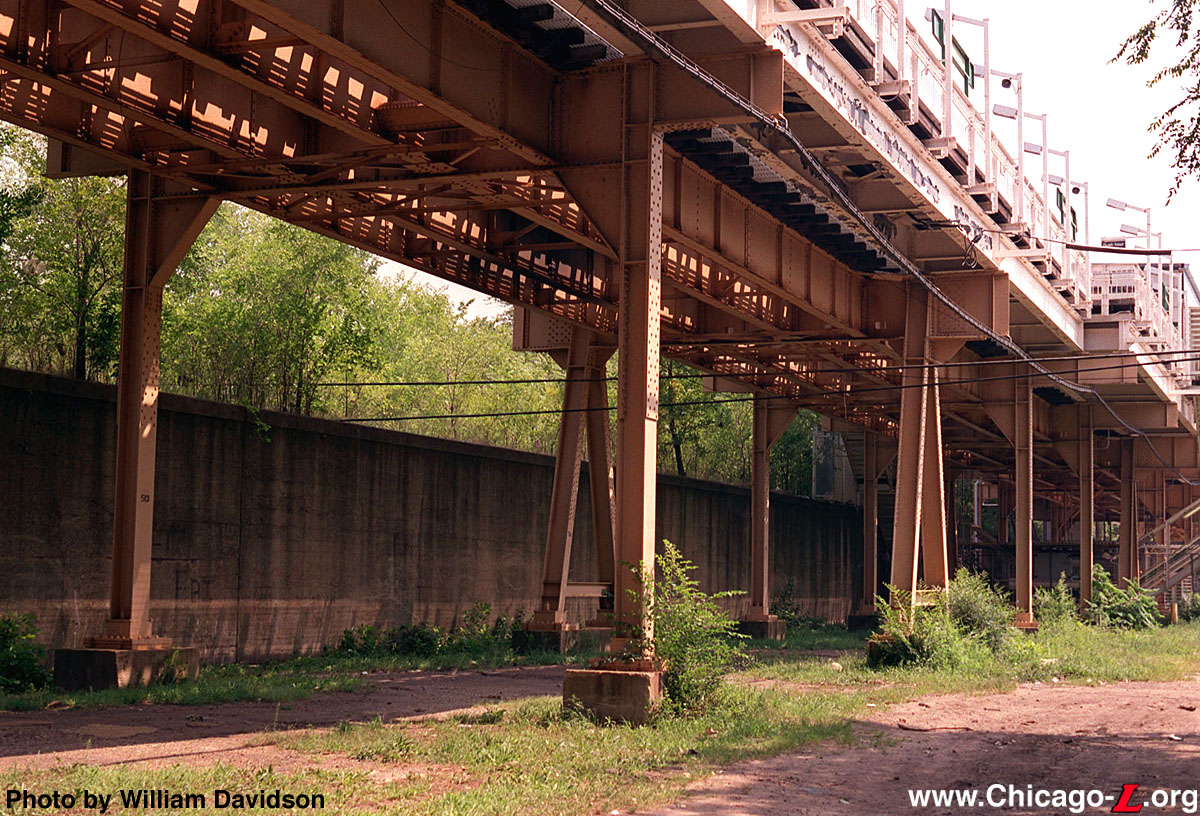He seemed to feel that he could solve the basics like the infrastructure aspects by creating a canvas to build layers onto. I think they would have changed the design to suit something revolutionary that came along. Look at how much risk they took on with US Steel to try and do modular rooms, or pneumatic garbage?
What if gov would have dumped the whole "green jobs" stimulus pot into building "Progress City" as a contest for the best and brightest with Disney and a bunch of other green companies. It worked for Space X..Then you can train people to work in those invented industries right there in town. Too bad they didn't drop 20 billion into that and you'd have inventors running to compete to get their projects into the place. Kickstarter..the CITY of the FUTURE. It could be a big.org on Disney property and Disney can lease the land to the org. to make it's money. Not to mention those who would stay on property to visit it.
I agree, somebody should front the $20 Billion for a city on the scale of the Apollo program, in terms of innovation.
Without a doubt, Walt's vision of Epcot would have solved, or at least greatly diminished, a lot of the problems with urban centers by planning everything out ahead of time, instead of trying to go back into an established city and adding a futuristic transportation system. Here's what I got from Walt's idea:
1.
Aesthetics sensibilities and preventive safety features built into the city.
For example, the suburban areas would have had greenbelts where kids could walk from home to school without crossing a road, (hence the radial design and “petals” of greenbelts.) Plus, Walt envisioned underground freeways to allow the delivery of items shipped by truck to the downtown, without interfering with other traffic, aesthetically or logistically. For anyone who has ever gotten stuck behind of a delivery truck, separating commercial and private traffic is a great idea.
2.
Mass transportation a la People Movers and Monorails. The technology already exists, the big issue (money wise) is building the tracks. More often, cities today are looking at light rail, yet light rail interferes with pedestrian traffic being built into the median of roadways.
I think current light rail trains are too big for short distance transportation, i.e. why have an aisle in the middle of the train? I say make smaller trains, the size of WDW trams, which are elevated on earthen mounds on medians, and which cross over intersections on bridges as needed, and which make stops every 10 minutes or so. This would require planning out much larger boulevards for this system, more than a typical roadway, but would allow people to board an electric tram vehicle which, unlike light rail, wouldn't be slowed down or interrupt normal car traffic.
A whole lot more aesthetically pleasing than monster cement pylons and other structures, as earth is (pun intended) dirt cheap. They could have a side which opens up and then closes at the station, and be relatively water proof. If electric batteries improve, they wouldn't even need a rail (maybe an LPS guided system), and would recharge at the station.
Combine trams . . .
with the earthen mound elevated track of Casey Jr. (though obviously the "hills" would have to be elevated 15 ft or whatever is needed for clearance on roadways.
3. Communication. Fiber optics and high-speed internet already exist, but a real Progress City would presumably plan out how this technology is integrated and offered, with room for expansion.






